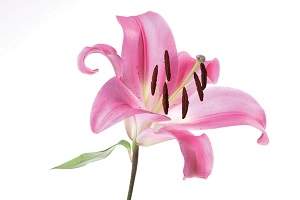The camel is not an animal native to China and is widely believed to have originate from central Asia via the Silk road as merchants used them as a form of transport to navigate vast lands and deserts.
Written as 骆驼 in Mandarin and pronounced as luo tuo, the Chinese viewed the “true” camel as those that have two humps.
It is a beast of burden which helps people carry heavy loads across huge distances.

Yet even as people recognized how much work and hardship camels help them alleviate, the camel always make it seem like a quiet uneventful day in the office.
It is no wonder that the animal is best known for it’s endurance and laziness.
Camels enjoyed near celebrity status during the Tang dynasty when it was constantly depicted in various important pieces of artwork.
Sometimes even with just the animal itself.
Probably the most famous artwork with the camel in prominence is one by Wu Daozi (吳道子) of Buddha Sakyamuni under the sala trees accompanied by the camel, tiger, elephant, buffalo and other notable animals with great symbolic significance.
Camel symbolism
In Chinese culture, the camel is mostly associated with cash flow and business success.
This is in part due to the animal known to carry loads of products and supplies on their backs as merchants from other parts of Asia brought them to China for trade.
This is somewhat like the merchant ship which became a popular symbol of success as it is often laden with goods for trade.
Display products of the camel are often decorated with motifs such as the mystic knot or auspicious objects to tune them towards the benefit of a business.
Just remember that if you are going to have one at home or carry one around as a personal emblem, get the ones that are double humped.















